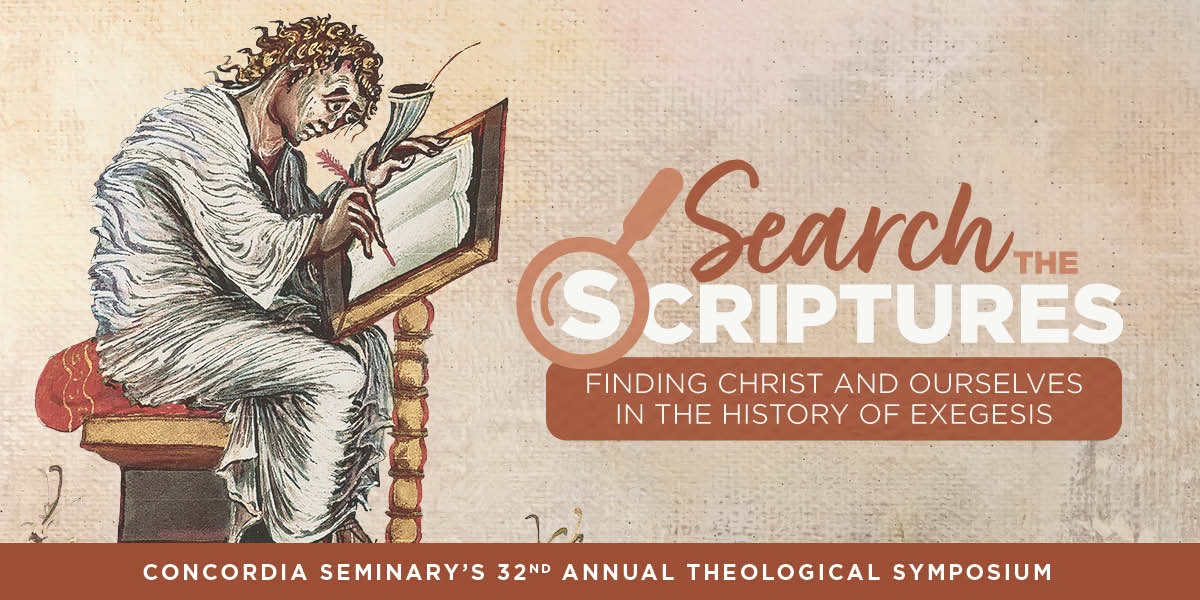Loading...
Keywords
Origen of Alexandria, allegory, figural interpretation, homiletic technique, referential meaning, intrinsitic meaning, typology
Description
This presentation, based upon the author’s Ph.D. research, unpacks the historical situation of the church and her preaching which gave birth to Origen. Origen comes of age in a church that is struggling to defend itself against both external and internal threats. Origen’s homiletic technique, specifically his engagement with figural interpretation, rises out of the need to defend the Scriptures and the truth of Christ. It is this homiletical practice that defined the church’s practice for generations. This presentation will help the parish pastor define the early church’s usage of terms such as typology, allegory and their relation to Scriptural interpretation. It will further assist the parish pastor with a more comprehensive understanding of the apologetic function of figural interpretation, a need which continues to manifest today.
Submission Type
Bible Study; Lecture; Sermon Prep
Submission Topics
Ecclesiology (The Church); Education; Literature and Art; Practical Theology; Preaching and Teaching; Scripture Interpretation; Sin; Worship
Scripture References in this Resource (separated by semi-colons)
Psalm 72:6; Deuteronomy 32:2;
Submission Audience
Laity; Ministers; Scholars
People in this Resource (separated by commas)
Philo of Alexandria,
Submission Cost
Free
Homiletic Transition: Origen of Alexandria as a Transitional Figure in Homiletics
This presentation, based upon the author’s Ph.D. research, unpacks the historical situation of the church and her preaching which gave birth to Origen. Origen comes of age in a church that is struggling to defend itself against both external and internal threats. Origen’s homiletic technique, specifically his engagement with figural interpretation, rises out of the need to defend the Scriptures and the truth of Christ. It is this homiletical practice that defined the church’s practice for generations. This presentation will help the parish pastor define the early church’s usage of terms such as typology, allegory and their relation to Scriptural interpretation. It will further assist the parish pastor with a more comprehensive understanding of the apologetic function of figural interpretation, a need which continues to manifest today.


